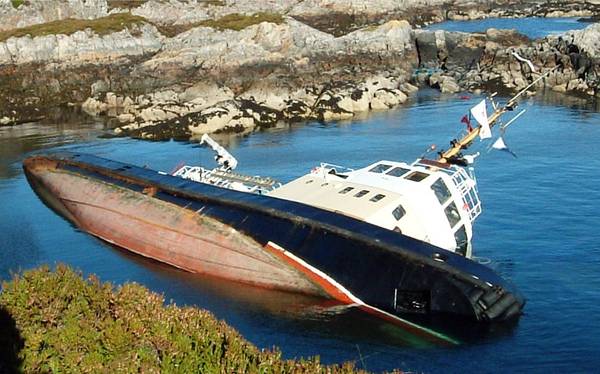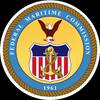
Shipowner liability is on the horizon as the Nairobi International Convention on the Removal Wrecks will enter into force on 14 April 2015 following the deposit, on 14 April 2014, of an instrument of ratification by Denmark, with the International Maritime Organization (IMO).
Among several provisions, the Convention will place financial responsibility for the removal of certain hazardous wrecks on shipowners, making insurance, or some other form of financial security, compulsory.
Denmark became the 10th country to ratify the convention, thereby triggering its entry into force exactly 12 months later.
IMO explains that the Convention will fill a gap in the existing international legal framework by providing the first set of uniform international rules aimed at ensuring the prompt and effective removal of wrecks located beyond a country’s territorial sea. The Convention also contains a clause that enables States Parties to ‘opt in’ to apply certain provisions to their territory, including their territorial sea.
The Convention will fill a gap in the existing international legal framework by providing the first set of uniform international rules aimed at ensuring the prompt and effective removal of wrecks located beyond a country’s territorial sea. The Convention also contains a clause that enables States Parties to ‘opt in’ to apply certain provisions to their territory, including their territorial sea.
Articles in the Convention cover:
The Convention was adopted by a five-day International Conference at the United Nations Office at Nairobi (UNON), Kenya, in 2007.


